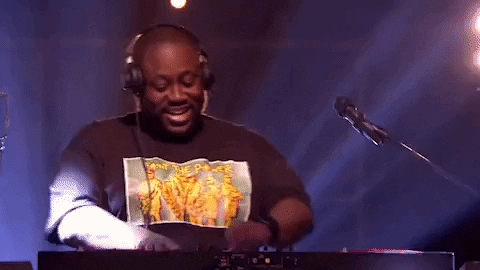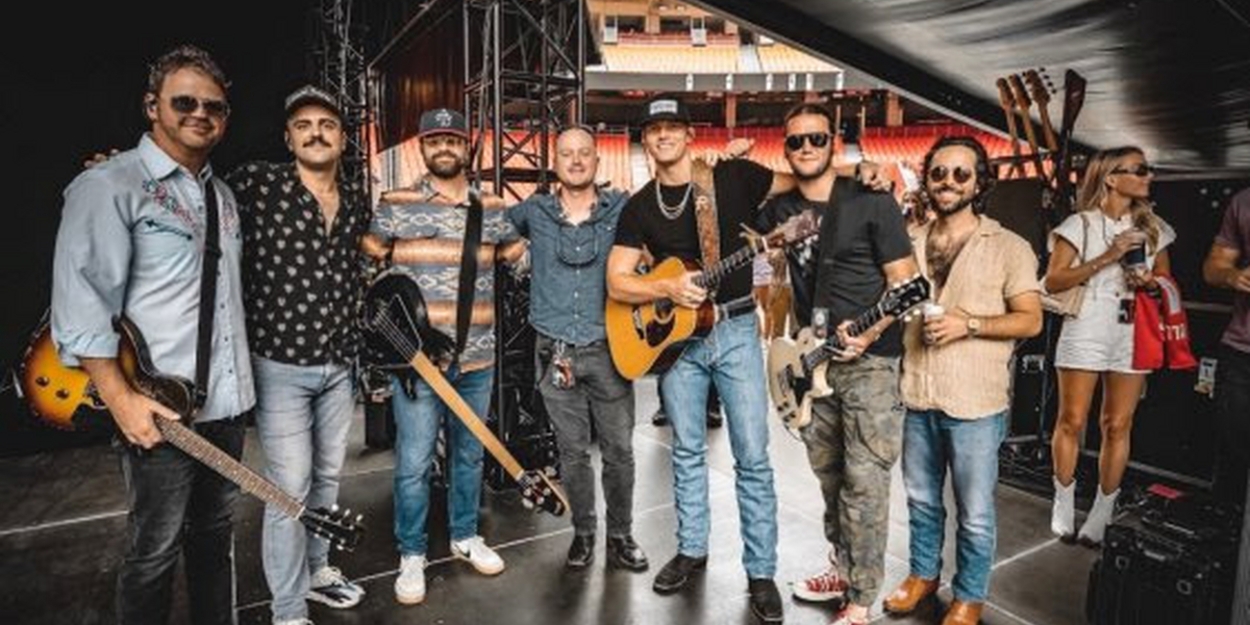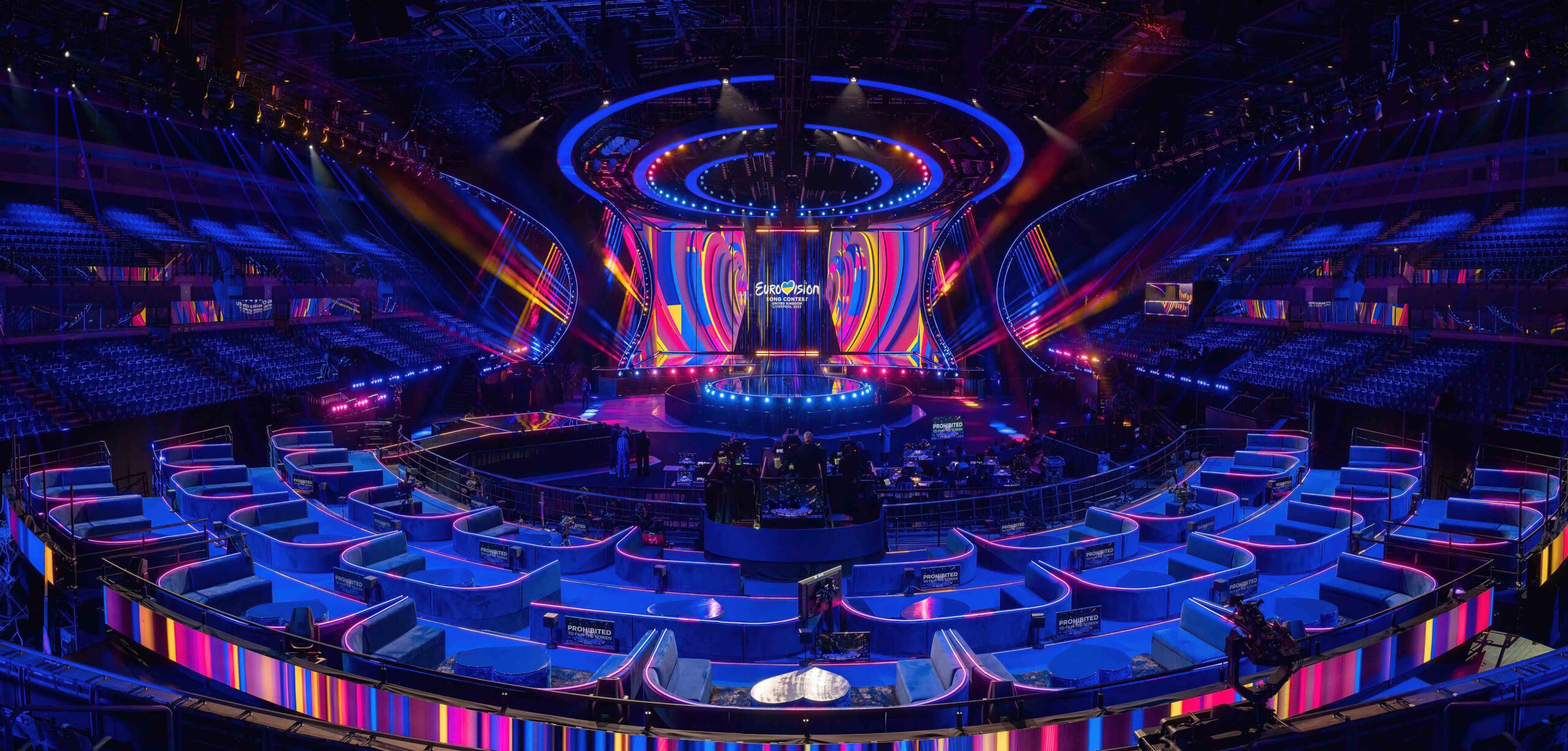Don't Hate The Playaz: Understanding The Hip-Hop Culture

Table of Contents
A Journey Through Hip-Hop History: From Block Parties to Global Phenomenon
The Genesis of Hip-Hop in the Bronx
The origins of hip-hop culture can be traced back to the 1970s in the South Bronx, New York City. Born from block parties and the ingenuity of young people, it wasn't a single invention but a confluence of creative expressions. Early hip-hop was defined by several key elements:
- DJing: Pioneers like Kool Herc and Grandmaster Flash manipulated turntables, extending breaks in songs to create extended dance grooves. This foundational element of early hip-hop laid the rhythmic groundwork for the genre.
- MCing: Master of Ceremonies, or MCs, initially served as hype men, engaging the crowd and introducing DJs. This evolved into rapping, the lyrical storytelling that defines hip-hop music.
- Breakdancing: A dynamic and acrobatic dance style, breakdancing added a visual dimension to the block party experience.
- Graffiti Art: Vivid murals and tagging transformed urban landscapes, becoming a powerful visual expression of hip-hop culture. The origins of hip-hop were truly a collaborative effort.
These early forms of expression, centered around iconic locations like the Sedgwick Avenue Recreation Center, built a foundation that impacted the origins of hip-hop.
The Evolution and Diversification of Hip-Hop
From its humble beginnings, hip-hop evolved rapidly, branching into diverse subgenres and styles. The Golden Age (roughly 1980s-mid 1990s) saw a focus on intricate lyricism and complex beats, exemplified by artists like Rakim, Public Enemy, and A Tribe Called Quest. Gangsta rap emerged in the late 1980s and 1990s, characterized by narratives reflecting street life and often tackling controversial themes. This period featured artists like N.W.A and Ice Cube.
- Golden Age: Characterized by lyrical complexity and conscious themes.
- Gangsta Rap: Often dealt with themes of violence, poverty, and social injustice.
- Southern Hip-Hop: A distinct regional style that emerged from the South, often incorporating more melodic elements and diverse sounds.
- Conscious Hip-Hop: Hip-hop that focuses on positive messages and social commentary.
This evolution continues today with a constant flow of innovative sounds and styles, ensuring that hip-hop history remains rich with diverse perspectives.
Hip-Hop's Global Impact and Cultural Significance
Hip-hop's influence extends far beyond music. It has become a truly global phenomenon, impacting fashion trends, slang, and social movements worldwide. From South Africa to South Korea, hip-hop's distinct beats and lyrical narratives resonate with audiences across cultures.
- Fashion: Hip-hop has profoundly influenced fashion trends, from baggy jeans and sneakers to more contemporary styles.
- Language: Hip-hop slang and vocabulary have permeated everyday language, influencing how people communicate.
- Social Movements: Hip-hop has served as a powerful tool for social commentary and activism, providing a platform for marginalized voices.
The cultural impact of hip-hop is undeniable, shaping artistic expression and influencing social change on a global scale.
Deconstructing the Myths and Misconceptions Surrounding Hip-Hop Culture
Addressing Negative Stereotypes
Unfortunately, hip-hop culture has been subject to widespread negative stereotypes, often portraying it as violent, misogynistic, and promoting criminal activity. It's crucial to understand that this is a vast oversimplification that ignores the incredible diversity within the culture. These are harmful stereotypes that misrepresent the vast majority of hip-hop artists and fans.
- Overgeneralization: Reducing the entire genre to its most negative aspects.
- Ignoring Positive Contributions: Failing to acknowledge the positive social and political messages found in many hip-hop songs.
- Racial Bias: Many negative stereotypes stem from racial bias and prejudice against Black and Brown communities.
Challenging these stereotypes requires actively seeking diverse voices and perspectives within hip-hop.
Understanding the Power of Hip-Hop's Message
Many hip-hop artists have utilized their platform to address social and political issues, offering insightful critiques of society and advocating for positive change. From Public Enemy's revolutionary anthems to Kendrick Lamar's introspective narratives, hip-hop has consistently served as a powerful vehicle for social commentary. Analyzing hip-hop lyrics provides invaluable insight into the cultural landscape.
- Social Justice: Artists address issues of inequality, racism, and poverty.
- Political Activism: Hip-hop has been used to promote political awareness and inspire action.
- Personal Narrative: Many songs explore personal struggles and triumphs, offering relatable experiences.
Hip-hop activism is a potent force for change.
The Importance of Respect and Understanding
Appreciating hip-hop culture requires respect and understanding. It means engaging with its diverse artistic styles, acknowledging its historical context, and challenging harmful stereotypes. Respecting hip-hop culture involves listening to a wide range of artists, exploring its rich history, and appreciating its artistic merit.
- Seek Diverse Artists: Explore beyond mainstream artists to discover the richness and diversity within hip-hop.
- Engage Critically: Approach hip-hop with an open mind, engaging critically with its messages and themes.
- Support the Culture: Support artists and initiatives that promote positive aspects of hip-hop culture.
By understanding the complexities and nuances of hip-hop, we can cultivate a more respectful and enriching engagement with this vital cultural force.
Conclusion
This exploration of hip-hop culture highlights its rich history, multifaceted expressions, and enduring impact. From its Bronx origins to its global reach, hip-hop has continuously evolved, adapting and reflecting the social and political landscape. Understanding hip-hop requires challenging stereotypes, appreciating its artistic merit, and engaging respectfully with its diverse voices. Explore the world of hip-hop—deepen your understanding of hip-hop culture by listening to diverse artists, researching its history, and engaging respectfully with its many facets. Continue learning about hip-hop, and you’ll discover a dynamic and ever-evolving cultural landscape that continues to shape our world. The legacy of hip-hop continues to inspire and influence, ensuring its continued relevance for generations to come.

Featured Posts
-
 Nolte Analyzing The Continued Failure Of Disneys Snow White At The Box Office
May 14, 2025
Nolte Analyzing The Continued Failure Of Disneys Snow White At The Box Office
May 14, 2025 -
 Bayern Onderzoekt Nederlander Kosten Lopen Hoog Op
May 14, 2025
Bayern Onderzoekt Nederlander Kosten Lopen Hoog Op
May 14, 2025 -
 The Parker Mc Collum George Strait Comparison Talent Style And Legacy
May 14, 2025
The Parker Mc Collum George Strait Comparison Talent Style And Legacy
May 14, 2025 -
 Swedens Eurovision Song A Winning Formula
May 14, 2025
Swedens Eurovision Song A Winning Formula
May 14, 2025 -
 Israels Eurovision Participation A Call For Boycott From Former Contestants
May 14, 2025
Israels Eurovision Participation A Call For Boycott From Former Contestants
May 14, 2025
